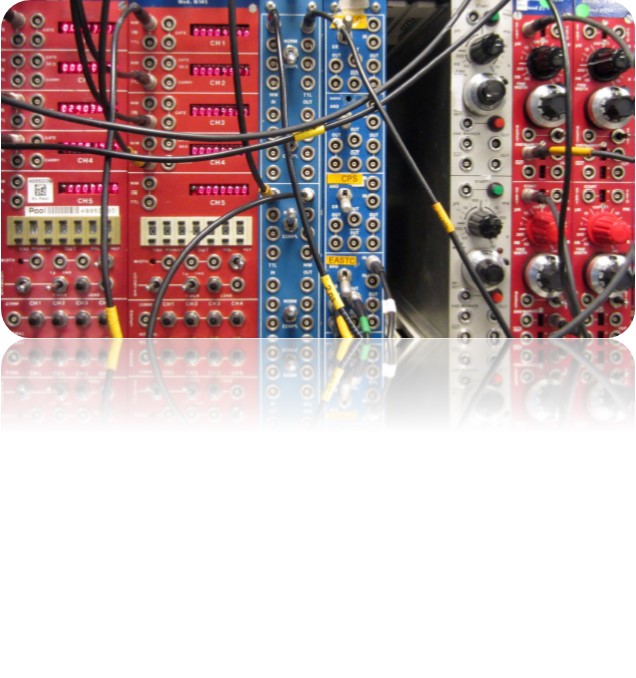Research
The majority of the chemical elements that make up our world were created by nuclear reactions in stars at various stages of their lifetimes. For instance, the calcium in our bones was synthesized more than 4 billion years ago by the explosion of a distant star before being incorporated into our solar system. How these stars ignited, evolved, and ultimately died in events that peppered the Cosmos with their ashes is one of the primary questions of modern science. The answers lie, in large part, in the nuclear physics that determine the properties and reactions of the nuclei involved. The nuclei involved, however, are not the ones that typically make up our world but are exotic and only live for fleeting amounts of time before spontaneously decaying to something more stable. These exotic nuclei drive the astrophysical explosions that create the elements, and to understand these astrophysical events, we must understand these nuclei. At the Notre Dame Nuclear Science Laboratory (NSL), we can recreate these unstable nuclei and, by studying their properties, elucidate how and why some stars explode while others simply fade away.
Education
Ph.D. in Physics, 1999, Yale University
B.S. in Physics, 1993, Tennessee Technological University

